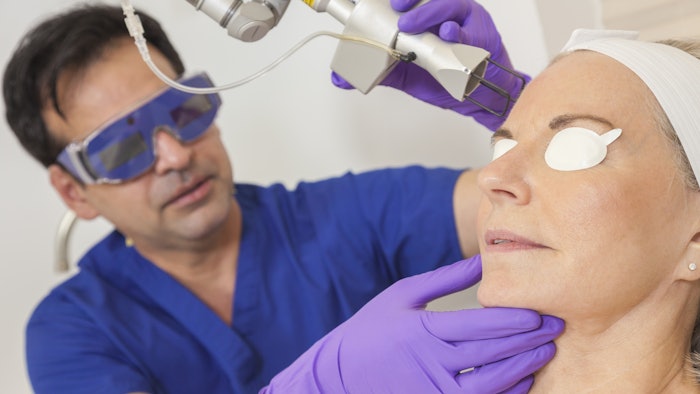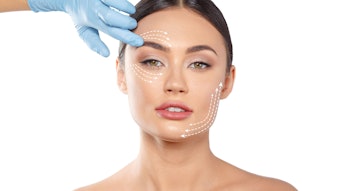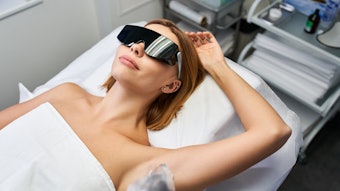
A study published in Dermatologic Therapy (October 8, 2020) identified the most common causes of laser complications—the majority of which are preventable with proper supervision and training.
Authors Natalia G. Kalashnikova, MD, et al, reviewed 20 years of literature on laser complications as well their own experiences in a network of clinics “Linline” in Russia to present a classification of the causes of complications associated with various types of laser procedures. They identified six groups of etiological classification of laser complications: errors of patient selection, errors of treatment tactics, wrong choice of device and technology, neglect of treatment protocol, inadequate post-procedural care and individual response of the patient.
The highest rate of complications were the result of operator error, which included:
- Errors of patient selection: failure to recognize contraindications, such as localized skin disease and cancer and precancerous lesions, and inadequate assessment of risk factors, such as higher skin phototype (IV‐VI), fresh tan, tendency to form pathological scars, partial remission of the skin inflammatory diseases, recurrent herpetic infection, permanent fillers in the treatment area and local allergic reaction.
- Errors of treatment tactics: failure to follow current clinical guidelines or perform test spot treatments; too many laser passes.
- Wrong choice of device and technology: failure to take into account thermal relaxation time, location depth and concentration of competitive chromophores in the surrounding skin, and the use of non-certified devices.
- Neglect of treatment protocol: Incorrect positioning of the laser tip, lack of cooling, inadequate calibration of the laser and failure to follow safety rules, including proper eye protection, laser plume evacuation, and removal of cosmetics and flammable objects (fabric, hair, degreasing solutions containing alcohol, etc.).
- Inadequate post‐procedural care: lack of follow-up appointments, absence of preventive antiviral or antibiotic therapy in the presence of provoking factors, failure to take into account side effects of prescribed products, which may be amplified in combination with laser exposure.
Complications related to individual response of the patient included unexpected responses to laser treatment, including edema, urticaria and rash.
The authors note that, except for individual patient response, all of the above complications are preventable. In their clinics, they developed a preventive algorithm of laser complications based on the above classifications that is reviewed and supplemented each year, resulting in a significant decrease in complications over a 10‐year period.











